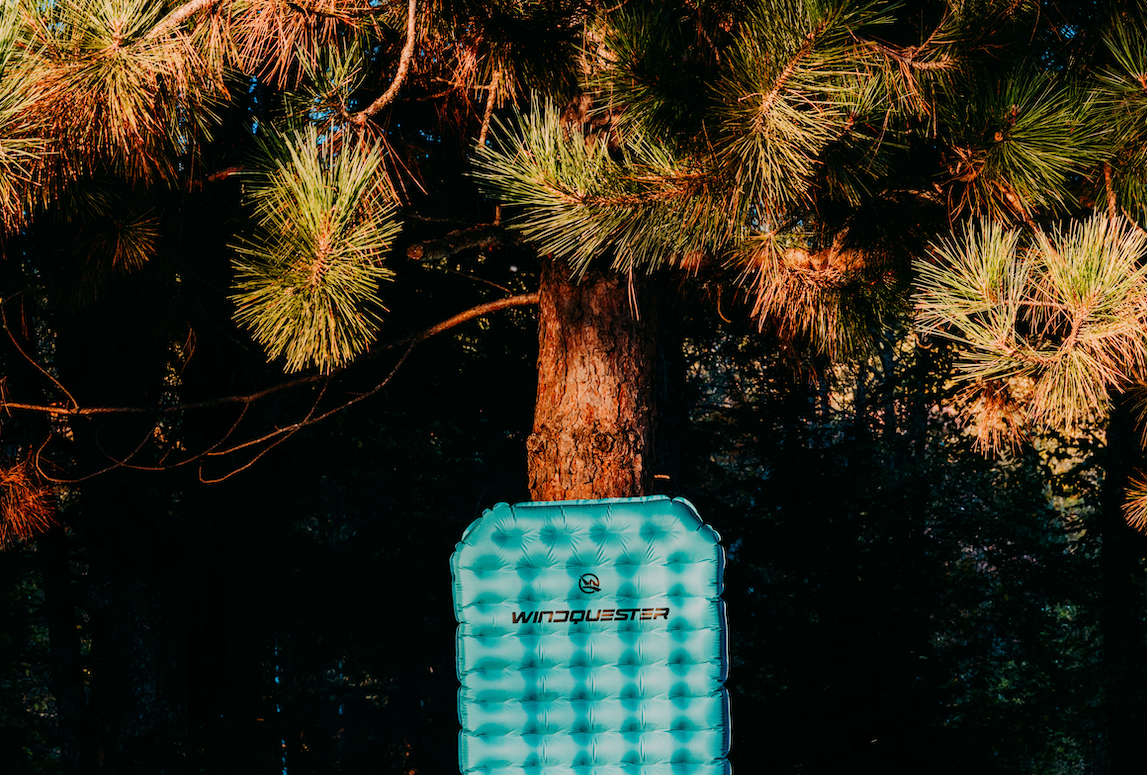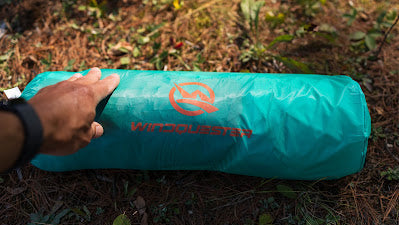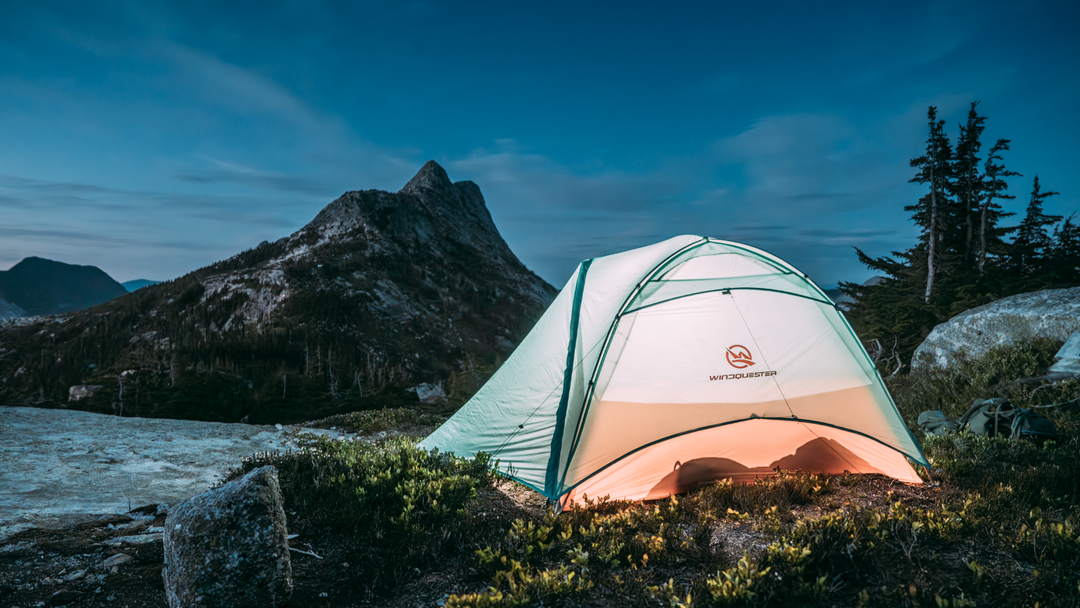Quiet Pads for Side Sleepers: What to Look For

Quiet Pads for Side Sleepers: What to Look For
1) Why quietness matters for side sleepers
At night, small material rubs can sound loud in a tent. Side sleepers rotate more at the shoulder and hip, so noisy fabric or internal film can interrupt deep sleep. Many campers say they’d “trade a few grams for a quieter pad” because better sleep equals better miles the next day.
2) Key pad features that reduce noise
| Feature | What to look for | Why it helps |
|---|---|---|
| Fabric & coating | Soft-hand 20D–40D nylon with TPU; matte face fabrics | Softer surfaces rub less on tent floors and sleeping bags, cutting “crinkle.” |
| Internal structure | Air-cell baffles / suspended membranes instead of noisy films | Limits shear between layers so you don’t hear creaks when rolling. |
| Thickness | ≥ 2.5 in (6+ cm) | Side hips won’t bottom out, so fabric isn’t forced to tense and squeak. |
| Surface texture | Light emboss or anti-slip print | Reduces pad–bag friction and keeps you from sliding (less noise). |
| Valve design | Leak-free, one-way, low-profile valves | Prevents faint hissing and makes micro-adjustments silent. |
3) Comfort & support for side sleepers
- Go thicker for hips/shoulders: 2.5–3.5 in keeps joints off the ground.
- Check baffle shape: body-mapped air cells spread pressure so you can relax instead of clenching—less movement, less noise.
- Pick the right R-Value: For fall use, aim for R-3.5 to R-5.5 so you don’t wake from conductive ground chill.
- Size matters: Regular-wide pads give side sleepers elbow/shoulder space to roll quietly.
4) Setup tips to stay quiet at night
- Don’t over-inflate: stop just short of drum-tight, then fine-tune once lying on your side.
- Add a thin groundsheet or soft tent footprint: it damps pad–floor friction.
- Keep fabrics clean: grit in the weave = scratchy sounds. Quick brush before bed.
- Use a quiet liner: soft bag liners reduce bag-on-pad rub.
- Let the pad “relax” a minute: after inflation, materials settle and creases soften.
5) FAQ
Why do some pads crinkle?
Highly reflective internal films can rub as you move. Choosing air-cell designs with softer laminates fixes most of it.
Will a foam pad underlay help?
Yes—a thin CCF layer (R≈2) under your inflatable adds warmth, grip, and noise damping for side sleepers.
How thick is thick enough?
For most side sleepers: 2.5–3.5 in (6–9 cm). Heavier or broader frames often prefer the upper end.
Recommended for You









Leave a comment